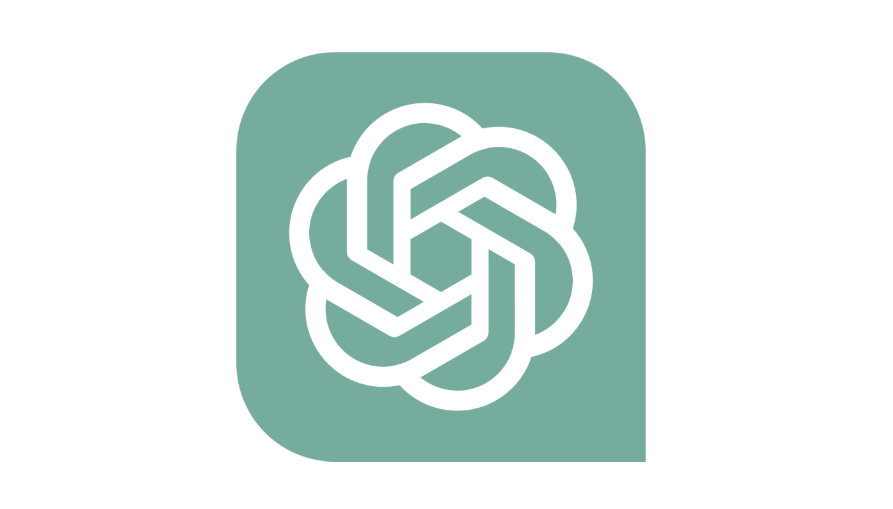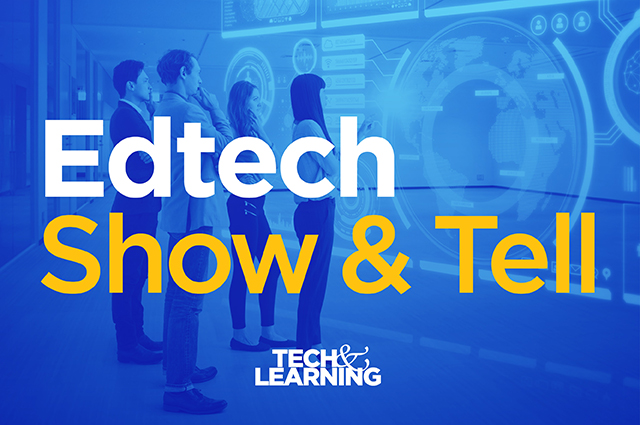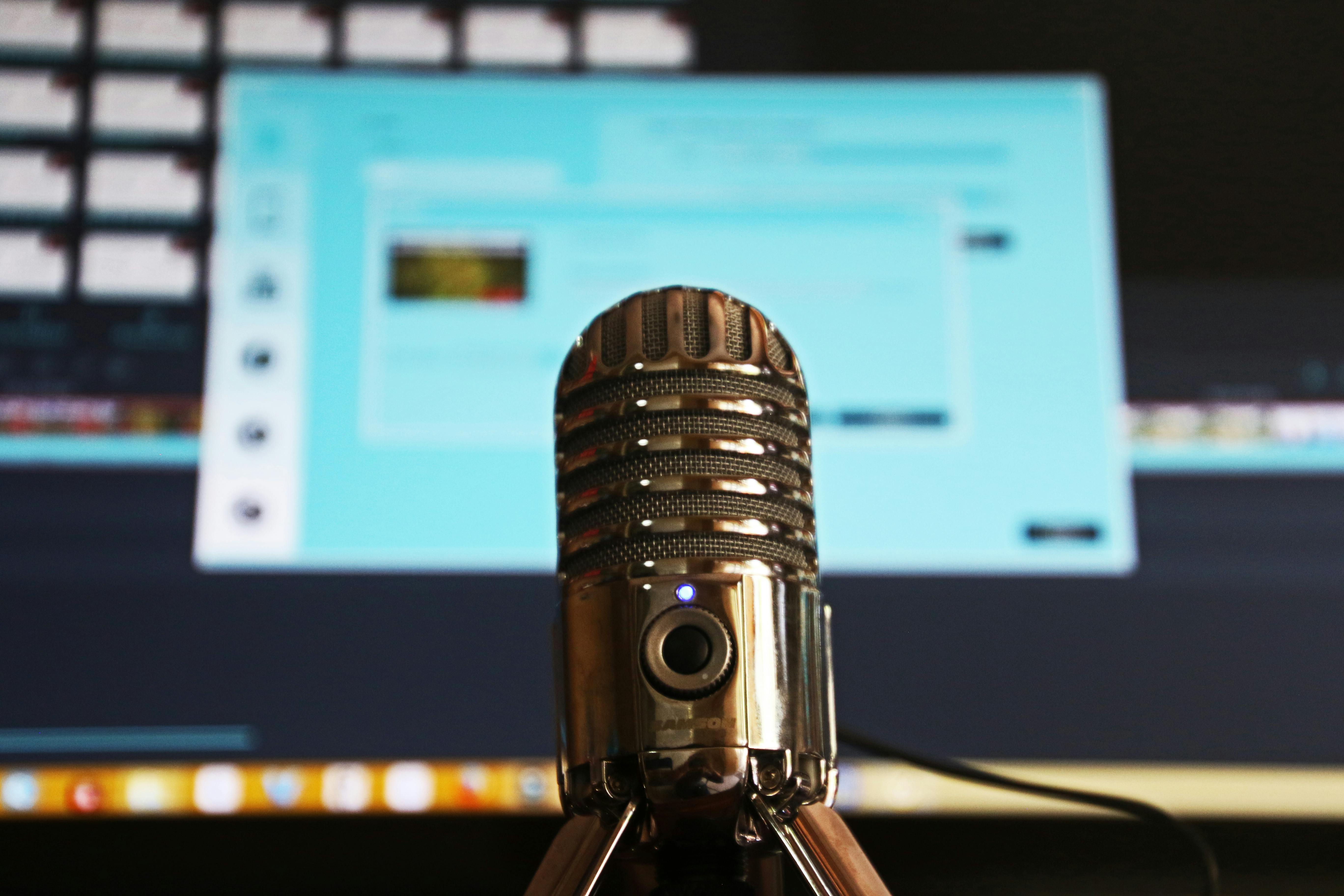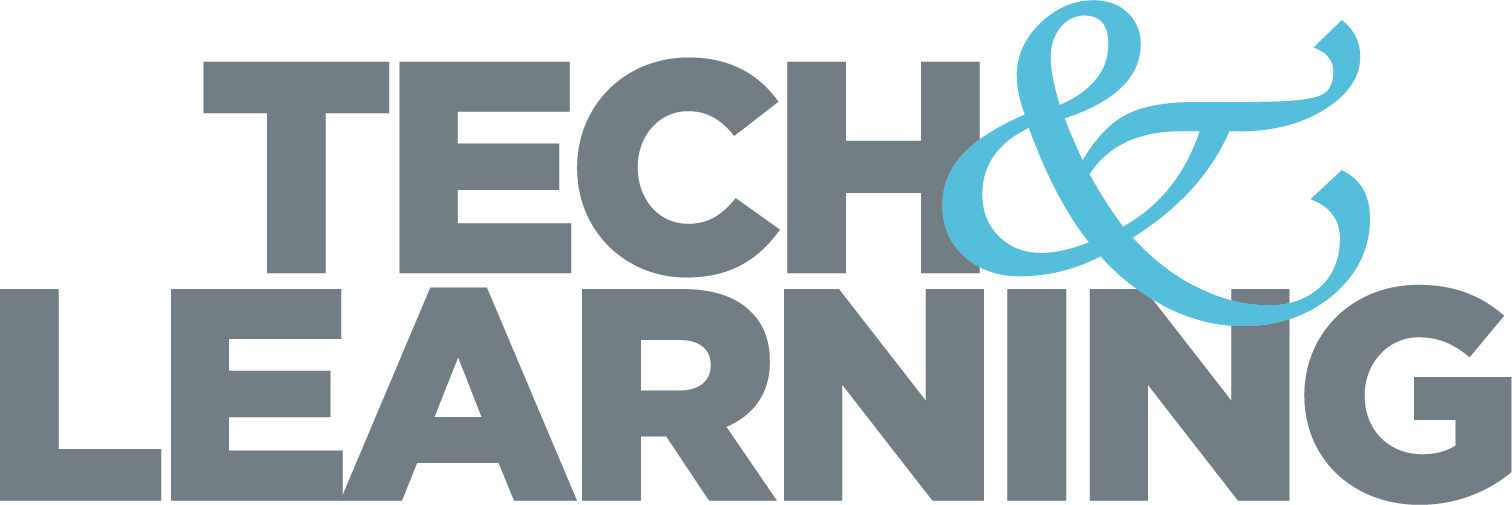K–12 Students Participate in 2020 Mock Election
More than 168,000 votes were cast and students selected Democratic presidential candidate Joe Biden, with 61% of the Student Vote.
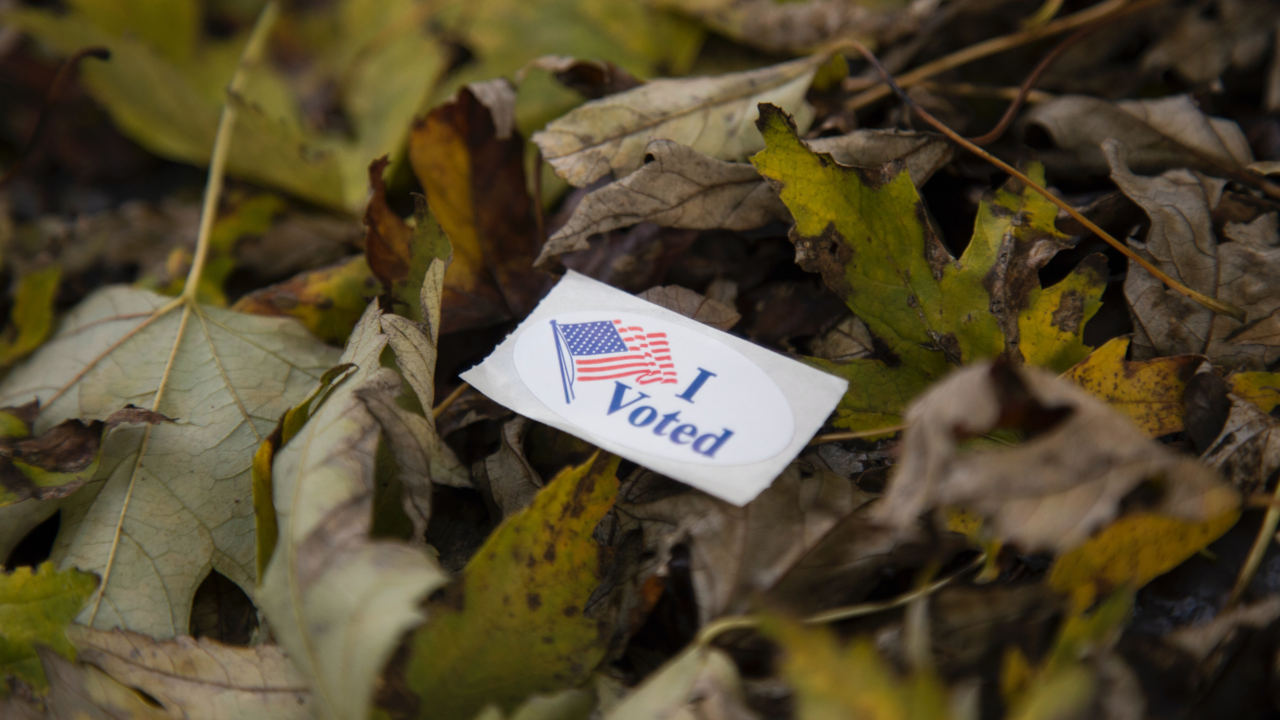
Students in grades K–12 in all 50 states and the District of Columbia have been learning about civics and the U.S. electoral process by participating in the Scholastic Student Vote, a mock election that has engaged kids nationwide since 1940. More than 168,000 votes were cast and students selected Democratic presidential candidate Joe Biden, with 61% of the Student Vote. Republican candidate President Donald Trump received 39% of the vote. The Student Vote is an educational activity, not based on a scientifically-designed sample of the student population, and reflects the views of self-selected respondents. Virtual ballots were cast from August 24, 2020 through October 27, 2020.
“Typically a student experiences two or three presidential elections as they’re growing up, and Scholastic helps teachers use the elections as powerful opportunities for students to learn about democracy. That’s why we created the Scholastic Student Vote in 1940—to more deeply engage students in this civics learning experience, to give them practice in exploring issues, having respectful discussions, and making their voices heard,” said Lauren Tarshis, Senior Vice President & Editor-In-Chief/Publisher, Scholastic Classroom Magazines.
Over the course of 20 United States presidential election cycles, the Scholastic Student Vote results have mirrored the outcome of Election Day results, except for three elections: Harry S. Truman vs. Thomas E. Dewey in 1948; John F. Kennedy vs. Richard M. Nixon in 1960; and the most recent past election, Donald J. Trump vs. Hillary R. Clinton in 2016.
Tarshis added, “For 100 years, it’s been our mission at Scholastic to provide educators with the resources they need to support children in their journey to understand the world around them and to become critical thinkers.” According to findings from the Scholastic Teacher & Principal School Report: 2nd Edition, 92% of teachers agree that teaching students about the U.S. presidential election is an important way to help them become engaged and informed citizens.
Students and educators can visit www.scholastic.com/election through Inauguration Day to access free resources such as videos about the democratic process, quizzes, and activities, in addition to fact-checked articles. Students can also read election stories from Scholastic Kids Press, a team of Kid Reporters, ages 10–14, who cover “news for kids, by kids.”
To learn more about resources from Scholastic Classroom Magazines, visit: www.scholastic.com/magazines.
Tech & Learning Newsletter
Tools and ideas to transform education. Sign up below.



